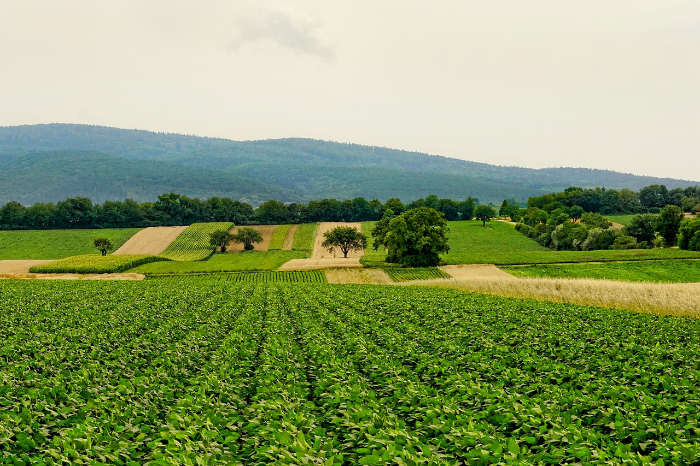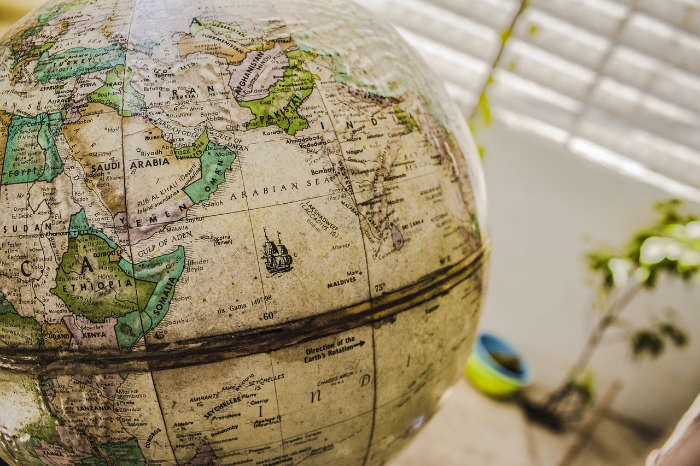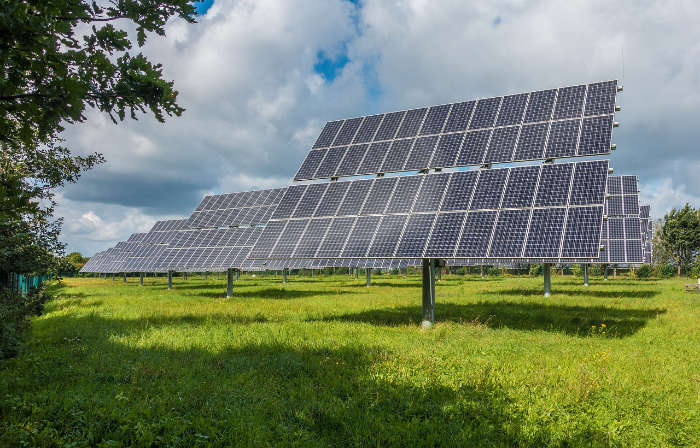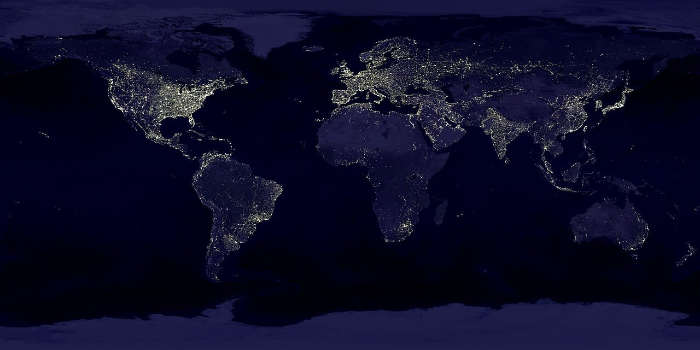Animal Population
Penguin Population by Country 2025

Penguin Population 2023
0
2M
4M
6M
8M
10M
12M
5 Countries with the Most Penguins
Country | Penguin Population 2023↓ | Typical Species | |
|---|---|---|---|
| Chile | 13M |
| |
| Falkland Islands | 1.2M |
| |
| Argentina | 1M |
| |
| Australia | 500K |
| |
| New Zealand | 500K |
| |
| South Africa | 60K |
| |
| Namibia | 26K |
| |
| Brazil | 10K |
| |
| Peru | 4K |
| |
| Angola |
| ||
| Mozambique |
| ||
| Ecuador |
| ||
| Uruguay |
| ||
| Total | 16.3M |
Notes:
- Population estimates unavailable for a handful of countries.
- The number of species of penguin in the world is slightly uncertain, as some species resemble one another greatly. Most sources settle on 17-18 dictinct species, though geneticists believe the number may be as many as 20 species.
- Many penguins live, or at least breed, in remote non-countries such as Antarctica, which has an estimated penguin population of 44,000,000. Four species of penguin live almost exclusively in the Antarctic: Adelie, Chinstrap, Emperor, and Gentoo.
- Several remote non-sovereign territories near the Antarctic also have significant penguin populations, including the Norwegian territory Bouvet Island or the British territory South Georgia Island.
- Penguins are largely migratory and frequently spend the non-breeding season far from their breeding grounds. Hence, the breeding habitats listed in Table 2 should not be considered the only locations where a given species may appear.
Penguin Species Populations
| Common Name | Scientific Name | Population | Endangerment Status | Breeding Habitats |
|---|---|---|---|---|
| Adélie penguin | Pygoscelis adeliae | 4,740,000 | Least Concern | Antarctica, South Sandwich Island, South Orkney Island, South Shetland Island. |
| African penguin | Spheniscus demersus | 75,000–80,000 | Endangered | Islands off the coasts of Namibia and South Africa, including Mercury, Ichaboe, Halifax, Possession, Plumpudding, Sinclair, Jutten, Vondel, Dassen, Robben, Boulders Beach, Stony Point, Dyer, St. Croix, Bird, Seal, and Jahleel. |
| Chinstrap penguin | Pygoscelis antarctica | 8,000,000 | Least Concern | Antarctica, South Shetland, South Orkney and South Sandwich Islands. Small breeding populations on South Georgia, Bouvet, Heard and the Balleny Islands. |
| Emperor penguin | Aptenodytes forsteri | 595,000 | Near Threatened | Antarctica, almost exclusively. |
| Erect-crested penguin | Eudyptes sclateri | 195,000–210,000 | Endangered | Bounty Island, Antipodes Island, other islands to the south and southeast of New Zealand. |
| Fiordland penguin | Eudyptes pachyrhynchus | 5,000–6,000 | Vulnerable | Southwest coast of New Zealand’s South Island as well as Solander, Codfish and Stewart Islands. |
| Galápagos penguin | Spheniscus mendiculus | 1,800 | Endangered | The Galápagos Islands, to which it is endemic. The Galápagos penguin lives farther north than any other penguin. |
| Gentoo penguin | Pygoscelis papua | 774,000 | Least Concern | Main colonies on the Falkland/Malvinas Islands, South Georgia and South Shetland Islands and the Antarctic Peninsula; smaller populations on Macquarie Island, Heard Islands, Crozet and Sandwich. |
| Humboldt penguin | Spheniscus humboldti | 3,300–12,000 | Vulnerable | Coasts of Chile and Peru, in the region of the Humboldt Current, including ChaCaral, Pajaro Niño, Isla Pingüino, Metalqui, Mazorca, Sombrerillo, Caleta, and many more. |
| King penguin | Aptenodytes patagonicus | 1,600,000 | Least Concern | South Georgia Islands, Crozet Island, Prince Edward Islands, Kerguelen Islands, Macquarie Island, Falkland/Malvinas Islands, Tierra del Fuego, as well as other temperate and sub-antarctic islands in Southern Hemisphere. |
| Little (Australia) or Blue (New Zealand) penguin | Eudyptula minor | 300,000 | Least Concern | Entire coastline of New Zealand, the Chatham Islands, Tasmania, and southern Australia, including Phillip, Ninth, Gabo, Forsyth, and St. Helens Islands. |
| Macaroni penguin | Eudyptes chrysolophus | 18,000,000 | Vulnerable | Sub-Antarctic islands throughout the South Atlantic and Indian Oceans, such as Prince Edward Island, Marion, Crozet, Kerguelen, Heard, Bouvetoya, South Georgia, South Sandwich, South Orkney, South Shetland, Falklands, Noir, Recalada, Cabo Pilar, Leonard, Bueneventure, Diego Ramirez, Ildefonso, Deceit, Terhalten, and Barnavelt. |
| Magellanic penguin | Spheniscus magellanicus | 2,600,000 | Near Threatened | Southern coasts of South America, from central Argentina to Central Chile, including Malvinas/Falkland Islands, Cape Horn, Magdalena Island, Cabo Virgenes, Observatorio Island, Punta Tombo, Leones Island, Tova, Punta Clara, and San Lorenzo. |
| Northern Rockhopper penguin | Eudyptes moseleyi | 530,000 | Endangered | Tristan da Cunha islands and Gough Island in the central South Atlantic Ocean and at Amsterdam and St Paul Islands in the Indian Ocean. |
| Royal penguin | Eudyptes schlegeli | 1,700,000 | Near Threatened | Macquarie Island and its adjacent Clerk and Bishop islets. |
| Snares penguin | Eudyptes robustus | 93,000 | Vulnerable | The Snares archipelago, 200 km south of New Zealand. Breeding colonies located on North East Island (the main island), Broughton Island and the islets Toru and Rima of the Western Chain. |
| Southern Rockhopper penguin | Eudyptes chrysocome | 2,460,000 | Vulnerable | Sub-Antarctic and temperate islands in the Atlantic Ocean (Falklands/Malvinas, Isla Pingüino and Isla de los Estados), in the Indian Ocean (Marion and Prince Edward Islands, Crozet Islands, Kerguelen Islands, Heard and McDonald Islands). In the Pacific Ocean (Macquarie Island, Campbell Island, Auckland Island, Antipodes Islands and seven islands off the coast of Chile: Barnevelt, Terhalten, Buenaventura, Ildefonso, Noir and Diego Ramirez). |
| Yellow-eyed penguin | Megadyptes antipodes | 5,930–6,970 | Endangered | New Zealand: South-east coast of South Island, Stewart Island and adjacent island, Aukland and Campbell Islands. |
Sources
- The Global Tapestry of Penguins: An In-Depth Exploration of 2023 Populations and Conservation Dynamics - SlideShare
- 12 Countries Where Penguins Are Native - World Geography
- Where Do Penguins Live? (Habitat + Distribution) - BirdFact
- Penguins - ICUN Redlist
- Species - Global Penguin Society
- List of Sphenisciformes by population - Wiki
























